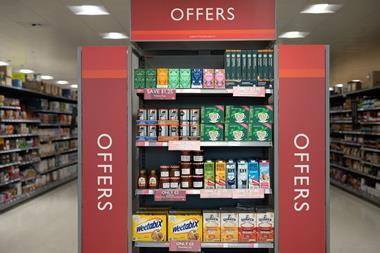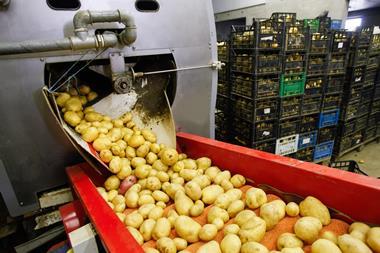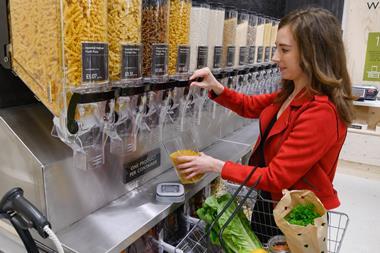
Customers are remaining loyal to supermarkets despite the economic pressures caused by the cost of living crisis, new data from consumer analysis company Dunnhumby shows.
The findings suggest customers have not switched between grocers, or abandoned more ‘expensive’ supermarkets in the numbers that could be expected during a period of high food inflation.
It’s evidence that the methods used by supermarkets – which have included ramping up loyalty schemes and investing in own label products – have generally been successful in helping them retain customers over the past year.
For the report – titled The Power of Personalised Loyalty – Dunnhumby looked at the loyalty and personalisation strategies being deployed by 24 major retailers across EMEA, Latin America, Asia-Pacific and North America, and how participation in the respective schemes had changed over the past year.
Of the retailers surveyed, 26% said customers were more loyal this year, while 44% said their number of loyal customers remained the same as the previous year.
In the 30% of cases where retailers reported the total number of loyal customers falling, inflation and the rising cost of living were the most frequently cited reasons.
Overall, 53% of retailers in the study said that direct take-up of their loyalty programmes had increased.
The report also looked at how supermarkets had sought to adapt their loyalty offers in order to attract more customers. The “tried and tested” approaches to loyalty were still the ones most favoured by the retailers, and the ones likely to gain most traction with customers, the findings show.
Discount coupons or vouchers were the most common loyalty perk, with 82% of retailers surveyed deploying it. Exclusive discounts (75%) and personalised product recommendations (68%) were the next two most common approaches.
A number of UK supermarkets have rolled out exclusive loyalty prices, notably Sainsbury’s with Nectar Prices and Morrisons with the relaunch of its More Card. Others – including Waitrose – have been working to increase the levels of personalisation they can offer customers.
In cases where retailers have not been able to grow their personalisation offer, budget constraints and technical difficulties in implementing schemes, and limited resources were the most common reasons why.
Mobile apps (82%), omnichannel marketing (75%) and loyalty partnerships (46%) were among some of newer loyalty trends being explored by retailers, Dunnhumby said.
“Loyalty is hard to win and easy to lose but despite tough times, most retailers have managed to keep their base of loyal customers, or even grow it,” said Debora Franchim, Dunnhumby director of personalisation and customer engagement and report co-author.
“Those that have been successful have adopted true customer first principles – being laser-focused on delivering value, rather than worrying what competitors are up to.
“There’s always room for innovation if it’s done in a way which adds value – and where its impact can be measured. For now, at least, ‘tried and tested’ means, focused on what delivers optimal value for your most loyal customers, seem to be what is working best. And in many cases, it’s clear a strong private brand proposition is also helping to drive success when it comes to loyalty,” Franchim added.
Investments in private label products had also helped retailers retain ever more price-conscious consumers. The majority (70%) of retailers said customers were buying more private-label products compared with last year. Just 11% said customers were buying fewer own label items compared with the previous year.















No comments yet